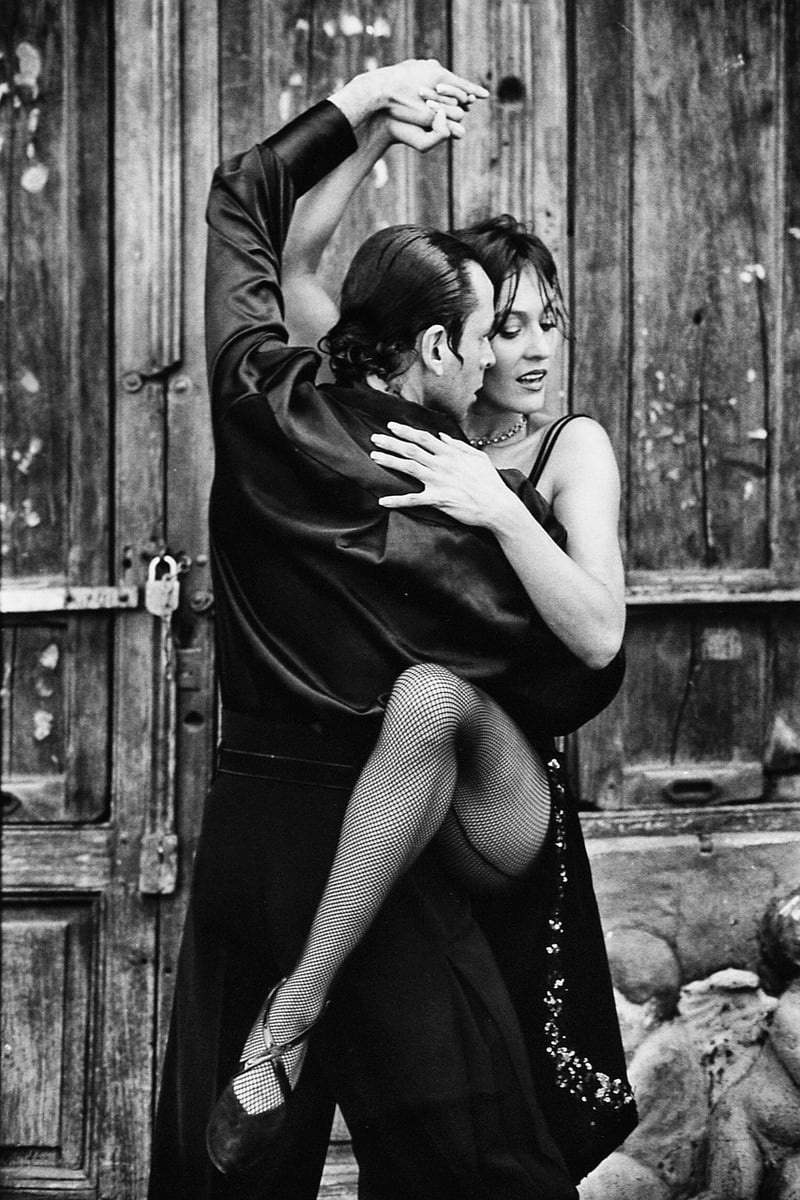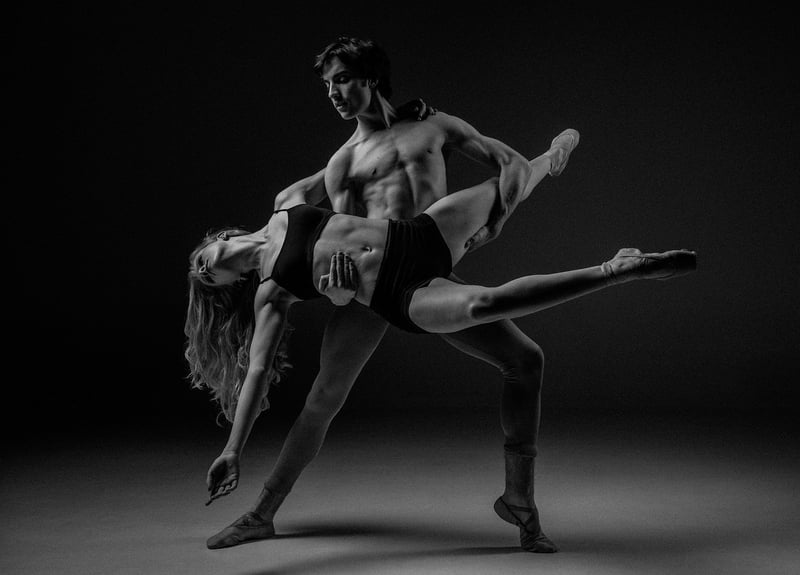Contemporary
Exploring Expressive Movement Forms in Contemporary Dance
Contemporary dance is a dynamic and ever-evolving art form that encompasses a wide range of styles and techniques. One of the most intriguing aspects of contemporary dance is its exploration of expressive movement forms, which allow dancers to convey emotions, stories, and ideas through their physicality.
1. Improvisation
Improvisation is a key component of contemporary dance, where dancers are encouraged to explore movement spontaneously. This form of expression allows for a sense of freedom and creativity, enabling dancers to tap into their emotions and instincts to create unique and authentic performances.

2. Contact Improvisation
Contact improvisation is a form of dance where points of physical contact provide the starting point for exploration and movement. Dancers engage in a shared physical dialogue, responding to each other's movements and weight to create fluid and dynamic sequences.

3. Release Technique
The release technique focuses on letting go of tension and allowing the body to move freely and organically. Dancers explore fluidity, momentum, and breath to create movements that are both powerful and graceful, emphasizing a sense of flow and connectivity.

4. Choreographic Exploration
In contemporary dance, choreographers often use movement exploration as a way to create innovative and thought-provoking dance pieces. Dancers engage in collaborative processes, experimenting with different movement vocabularies and dynamics to push the boundaries of traditional dance forms.

By incorporating these expressive movement forms into their practice, contemporary dancers are able to connect with audiences on a deeper level, evoking emotions and sparking conversations through the power of movement.
Whether through improvisation, contact improvisation, release technique, or choreographic exploration, contemporary dance continues to push the boundaries of artistic expression, inspiring both dancers and audiences alike.
